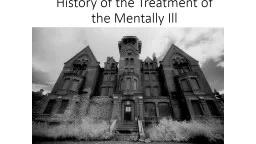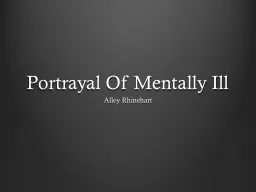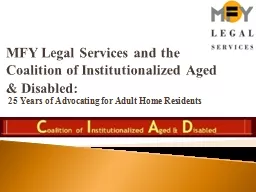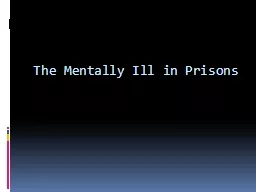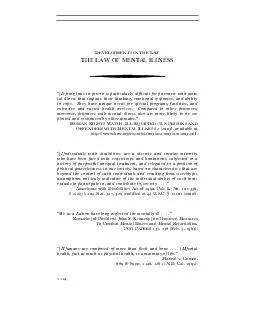PPT-History of the Treatment of the Mentally Ill
Author : debby-jeon | Published Date : 2018-03-10
Many names Same Disorders It has only been in the last 60 years or so that we have begun to categorize and label the various psychological disorders that exist today
Presentation Embed Code
Download Presentation
Download Presentation The PPT/PDF document "History of the Treatment of the Mentally..." is the property of its rightful owner. Permission is granted to download and print the materials on this website for personal, non-commercial use only, and to display it on your personal computer provided you do not modify the materials and that you retain all copyright notices contained in the materials. By downloading content from our website, you accept the terms of this agreement.
History of the Treatment of the Mentally Ill: Transcript
Download Rules Of Document
"History of the Treatment of the Mentally Ill"The content belongs to its owner. You may download and print it for personal use, without modification, and keep all copyright notices. By downloading, you agree to these terms.
Related Documents

